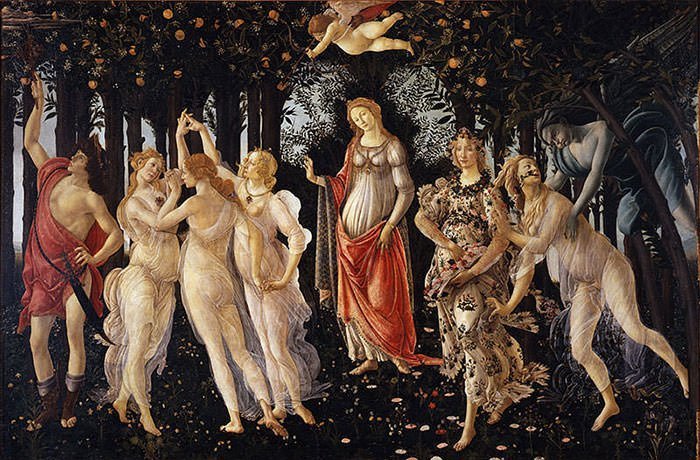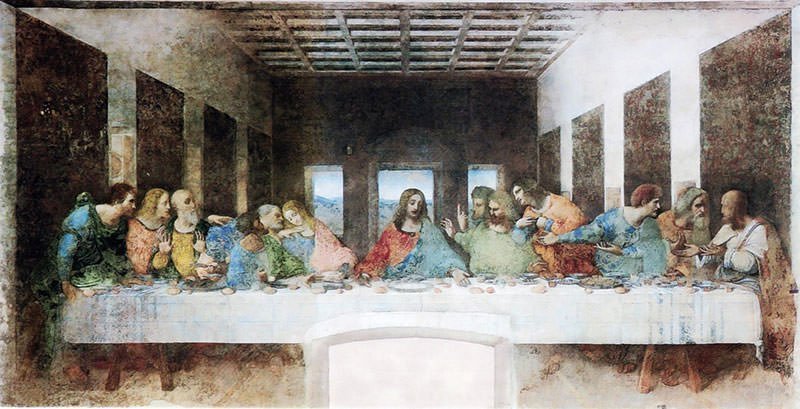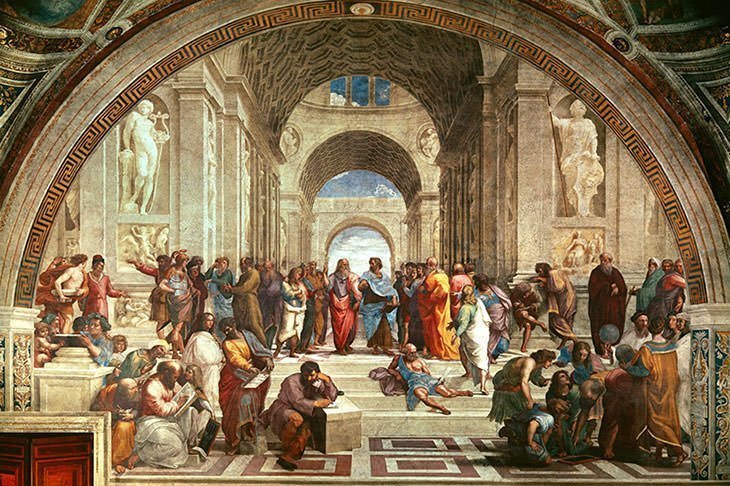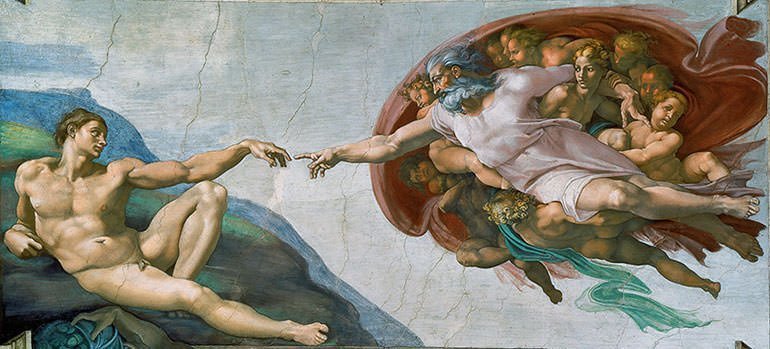When we consider contemporary art, most of us imagine to the likes of Pollock or Warhol, anything that invokes a sense of “oh, that’s modern art.” But what is our perception of modern art? Basically, anything that we can’t describe. Campbell soup can certainly draw contrasts with Van Gogh’s pieces, but if anything, there is one genre of art we are all familiar with, Renaissance art.
Top Seven Pieces of Renaissance Art –
7. Primavera by Botticelli

Primavera by Botticelli deserves to be in this spot simply because of its integral nature to the Renaissance at large. The painting is unique it the way that it portrays classical Greco-Roman characters rather than the norm which was usually biblical, or historical characters.
6. Arnolfini Portrait by Jan Van Eyck

The Northern Renaissance is an oft-forgotten section of the Renaissance at large and hence deserves recognition as it emboldened the Flemish-style movement which would later translate into major Northern European Art styles. This piece, like many Flemish pieces, has a high focus on the background detail and even has an easter egg in the form of the mirror in the background, where Jan Van Eyck took the time to paint the backs of the two Nobles and even the painter himself in front of the two figures.
5. The Last Judgement by Michelangelo

One of the pieces commissioned by the pope for the Sistine Chapel, the last judgment is often overshadowed by the grandeur of the Creation of Adam as well as the rest of the Sistine Chapel’s ceiling Fresco. One of this pieces claims to fame is that Michelangelo painted this wall after partially losing his vision due to the effects of fresco and plaster on his eyes. The artwork was then censored by painters hired by the Vatican’s brass who painted leaves and clothes over many of the genitals of the characters.
4. The Last Supper by Leonardo da Vinci

The Last Supper by Leonardo da Vinci deserves to be on this list simply because of its iconic nature. The painting incorporates the use of sfumato, which is a signature technique used by Leonardo Da Vinci. Sfumato is the softening of lines and features.
3. The School Of Athens by Raphael

The School Of Athens deserves its spot in this list because of its innovative use of perspective and realism. Raphael was commissioned to paint this painting for Pope Julius II, and it depicts all the classical authors and philosophers, such as Pythagoras, Plato, Aristotle, and Zoroaster of Persia. One thing that Raphael does that is very interesting and unique is that rather than painting Plato the way we today think Plato looks, he painted him as Leonardo da Vinci. Raphael did the same thing with the rest of the classical greats, where he painted them as greats of his time. The painting has references to Michelangelo, who is painted as one of the greats, which is ironic despite Michelangelo’s hatred for Raphael (who was painting at the Vatican at the same time as him), Leonardo da Vinci, Botticelli, and a self-portrait of Raphael who is looking directly at the viewer.
2. Sistine Chapel Ceiling by Michelangelo

The reason that the Sistine Chapel made it onto this list is that of the sheer artistic innovation and scale of it. The ceiling’s most iconic piece, the creation of Adam, is revolutionary in that it depicts an action that has boggled most artists for decades. The was one simple question, how would one depict the instance that life became an object on Earth? Michelangelo solved this problem by having Adam see as an unanimated, lazy corpse-like figure whilst god was animated and forceful. The full ceiling tells the entire story of Genesis.
1. The David by Michelangelo

The only sculpture to make this list deserves this place because of its iconic nature and its sublime attention to detail. In person, upon close inspection, you can see that Michelangelo even took the time to create accurate veins flowing from David’s hand to his tricep. The sculpture depicting the titular character in David And The Goliath was commissioned during Michelangelo’s time in Florence by the Florentine banking family known as the Medicis. It to this day remains as a symbol of Florence’s grandeur and the brilliance of the Italian Renaissance.
